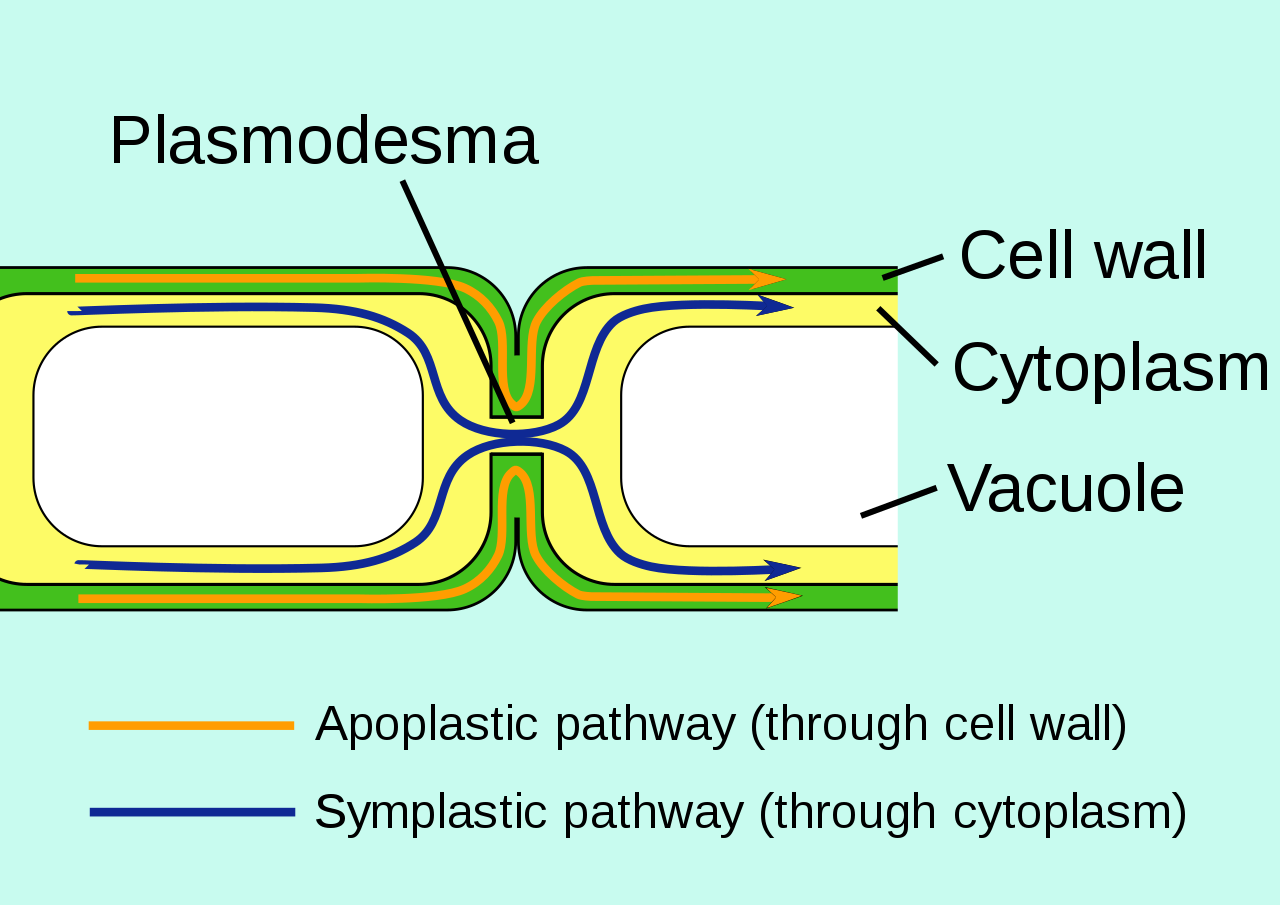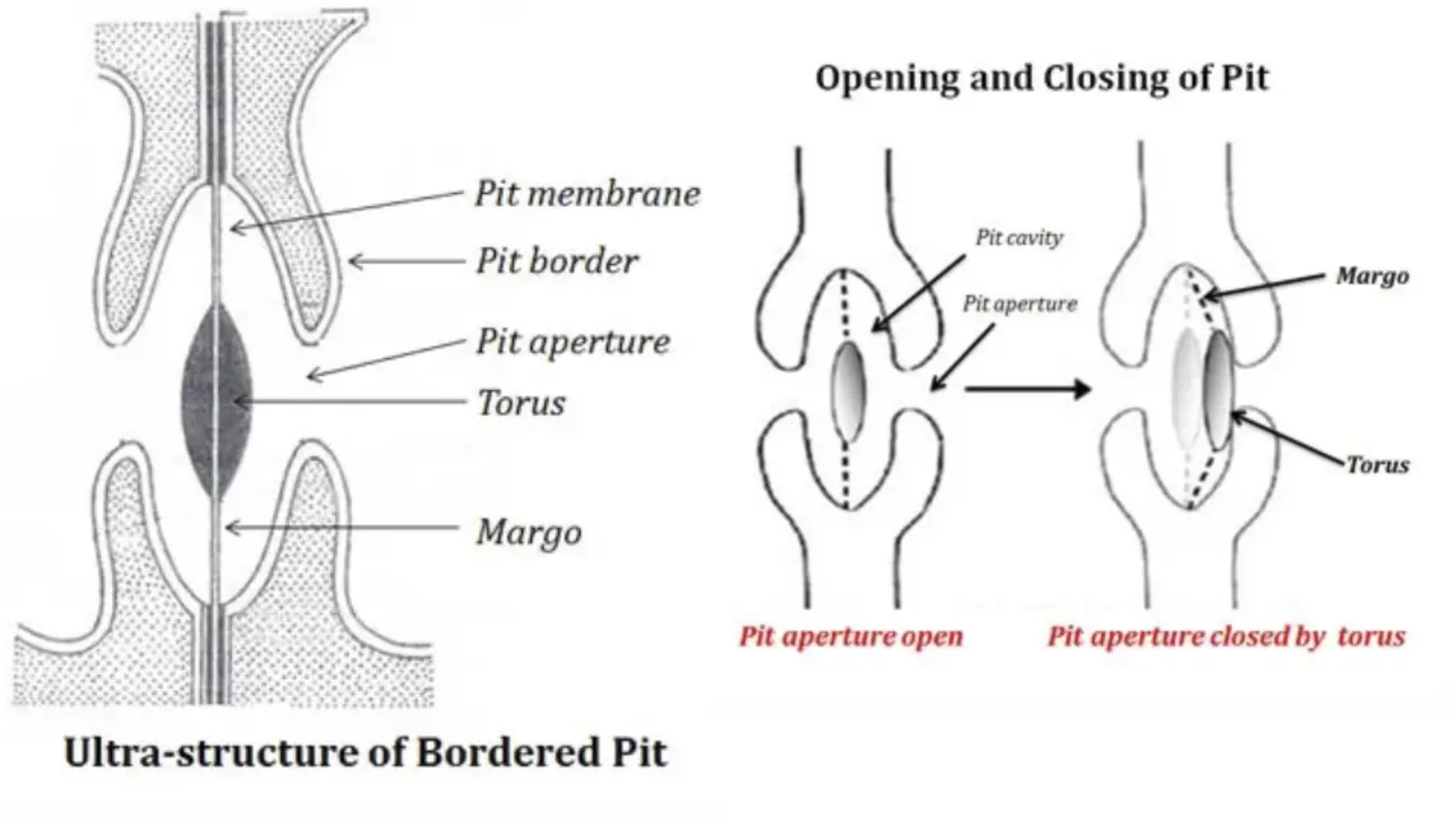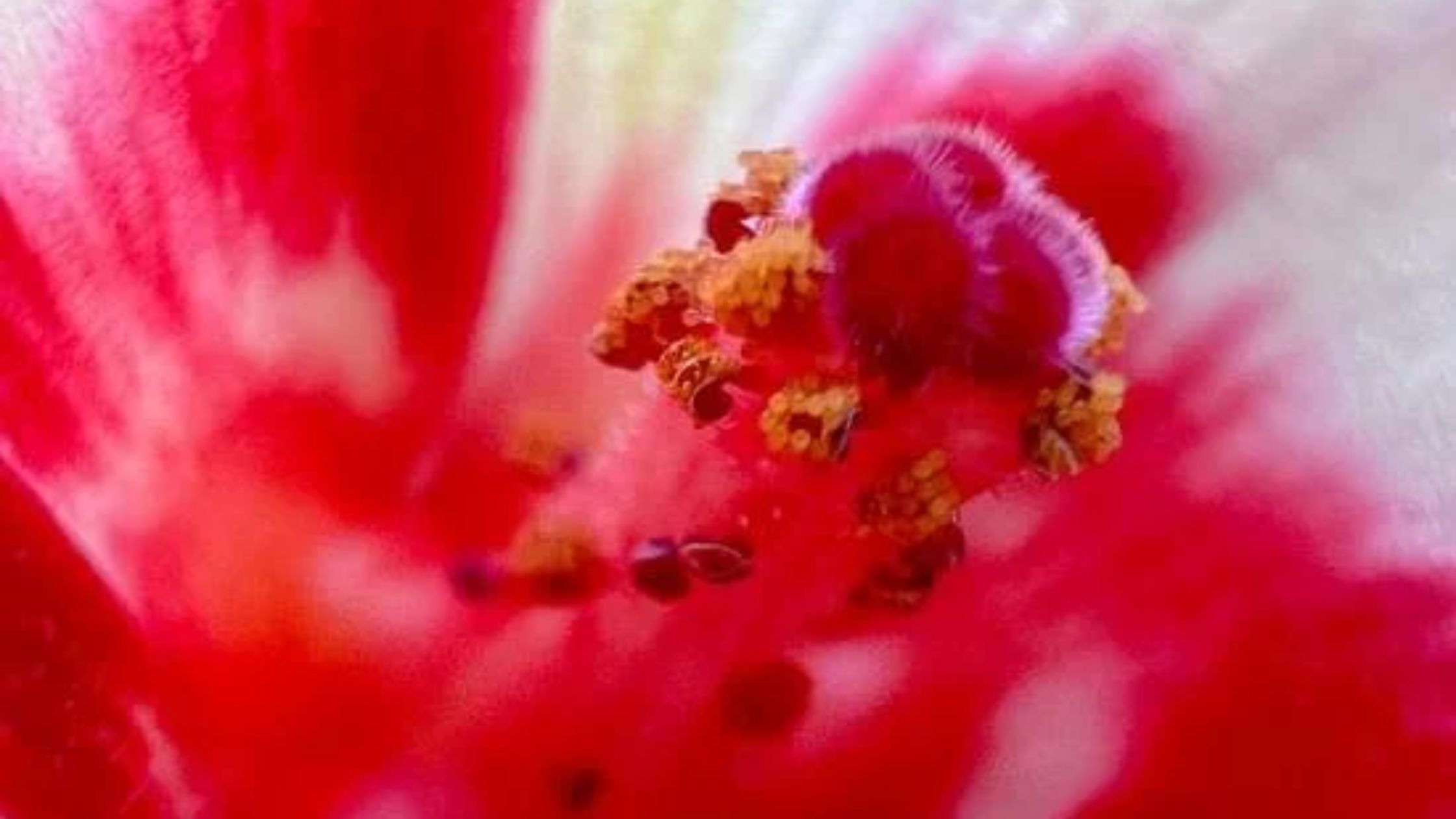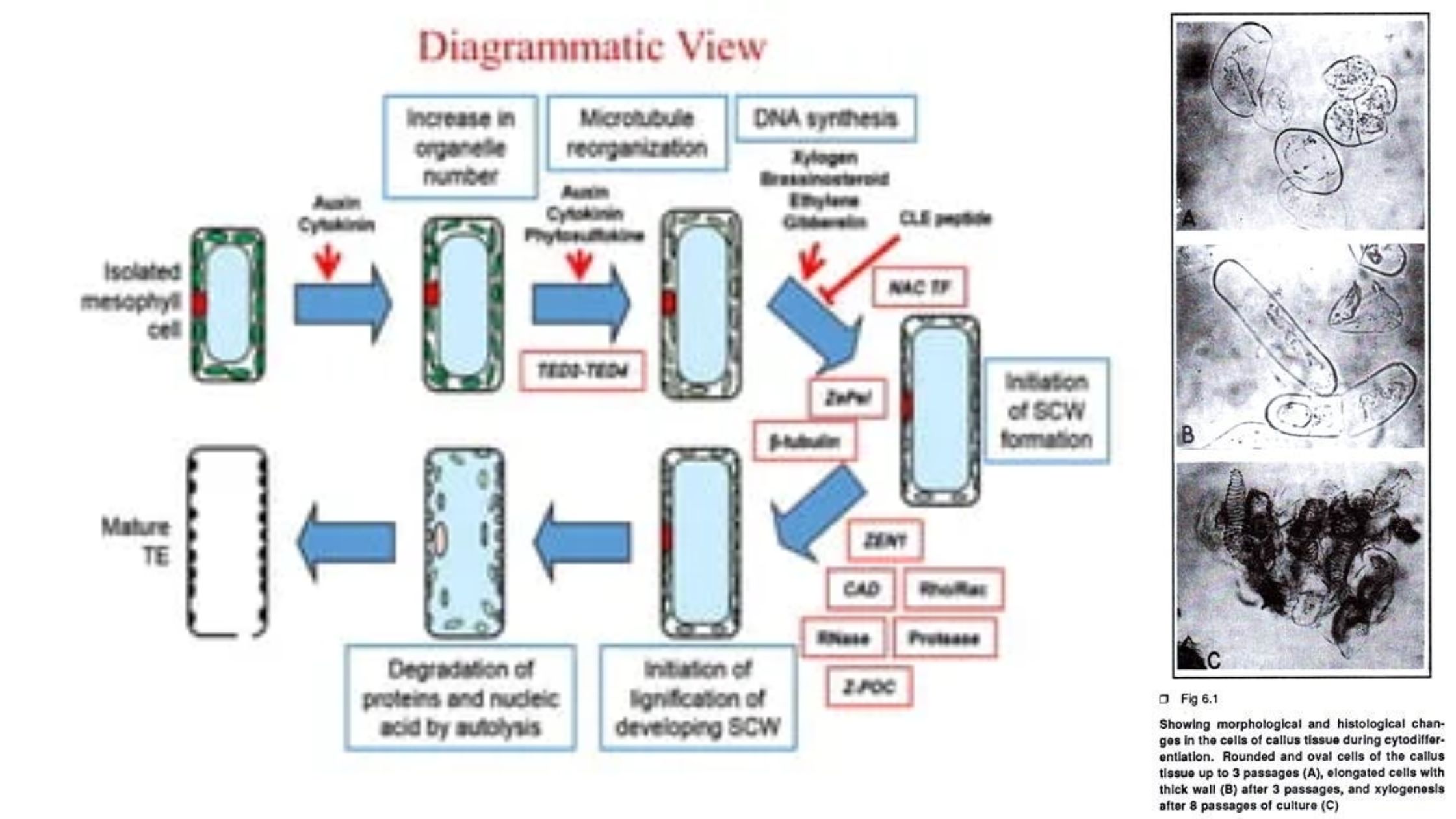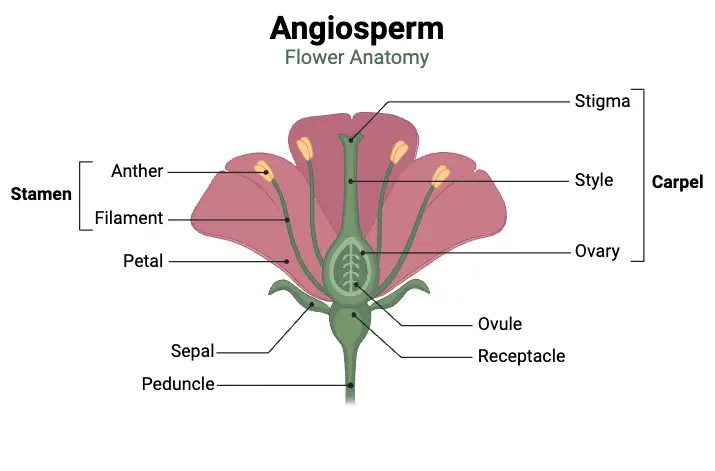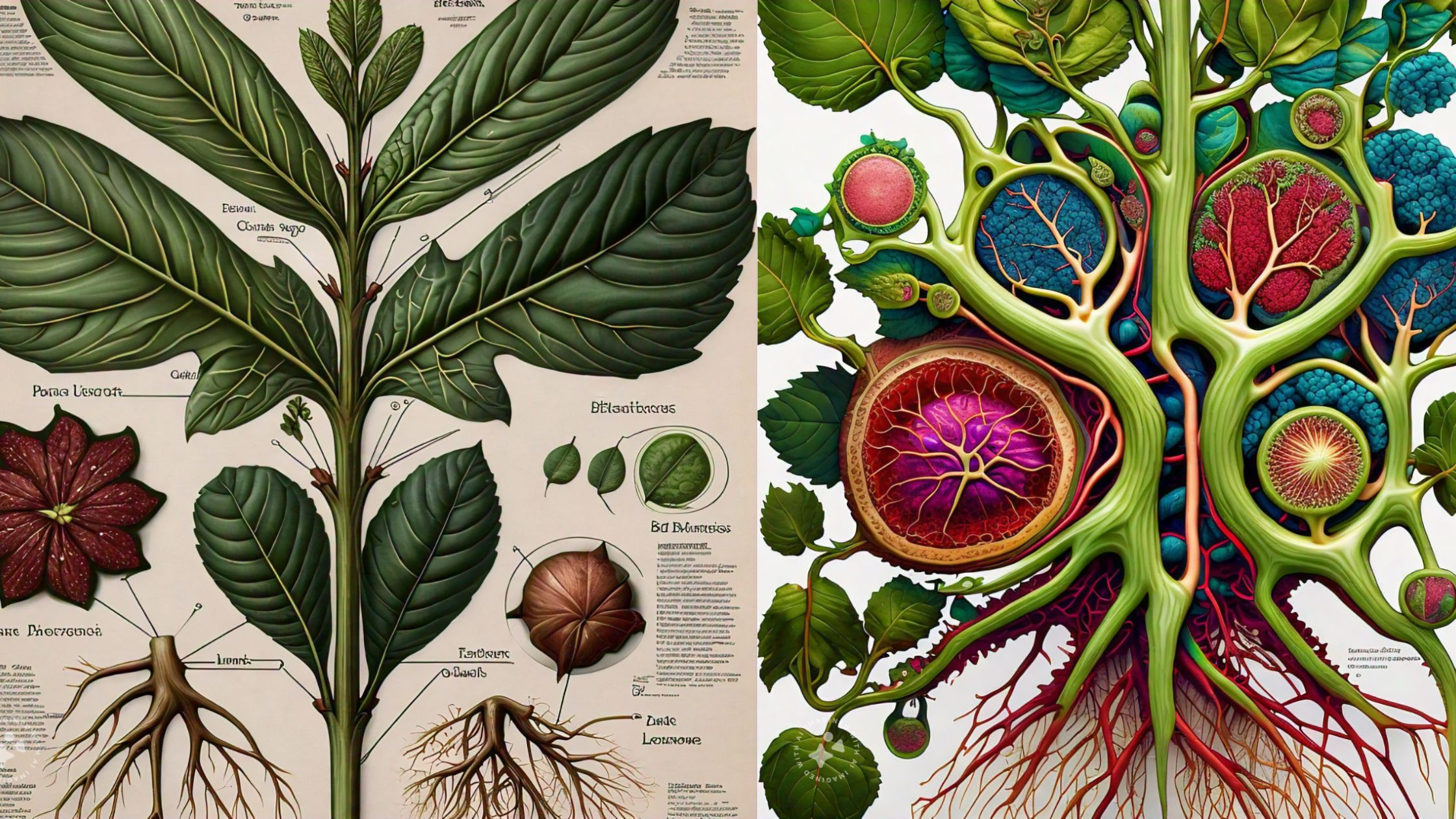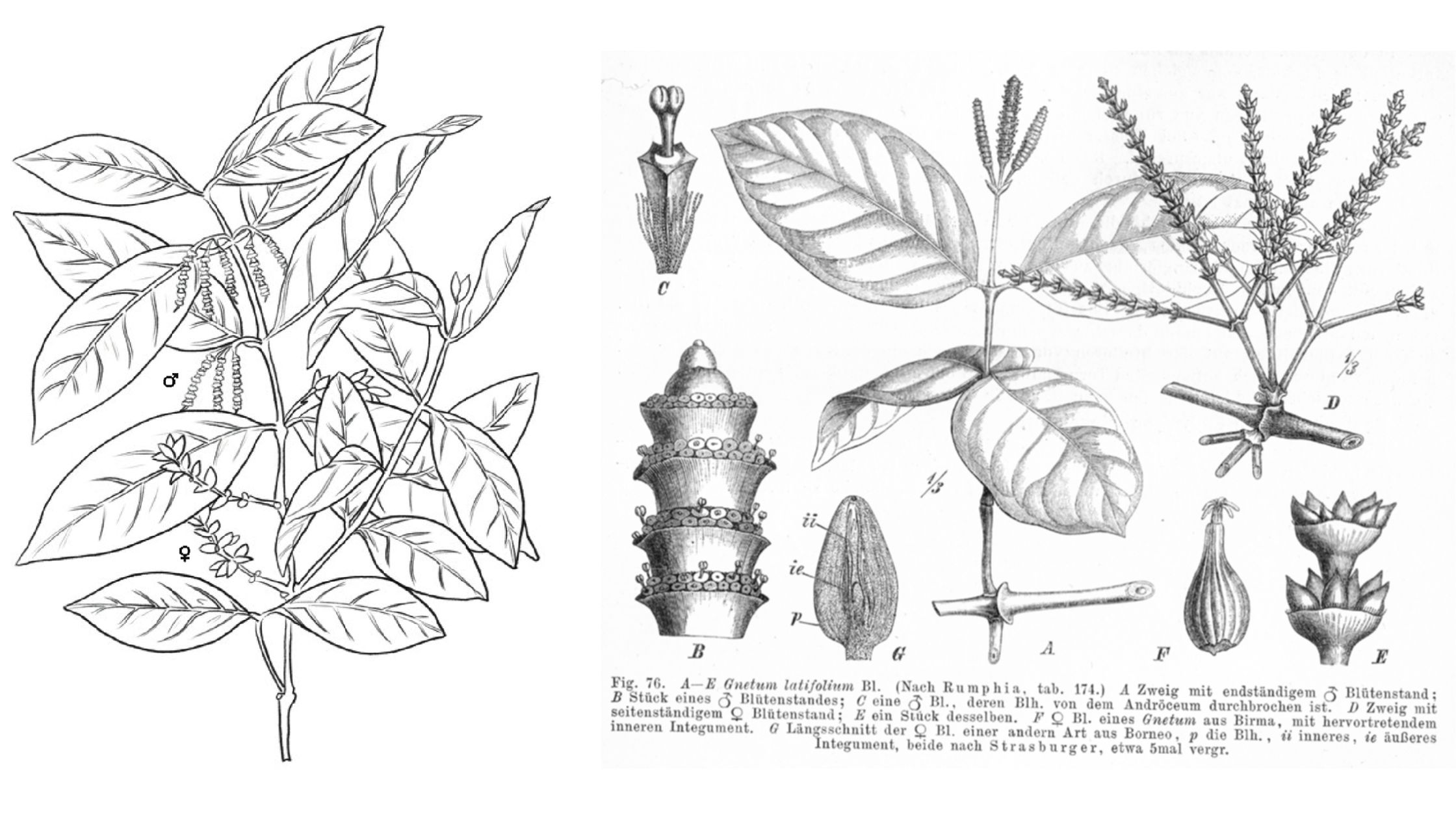Plasmodesmata – Definition, Structure, Functions and Diagram
What is Plasmodesmata? Definition of Plasmodesmata Plasmodesmata are microscopic channels that traverse the cell walls of plant and algal cells, allowing for direct transport and communication between adjacent cells. These structures enable the movement of water, proteins, small RNAs, and other metabolites, playing a crucial role in cellular connectivity and plant physiology. Structure of Plasmodesmata … Read more
